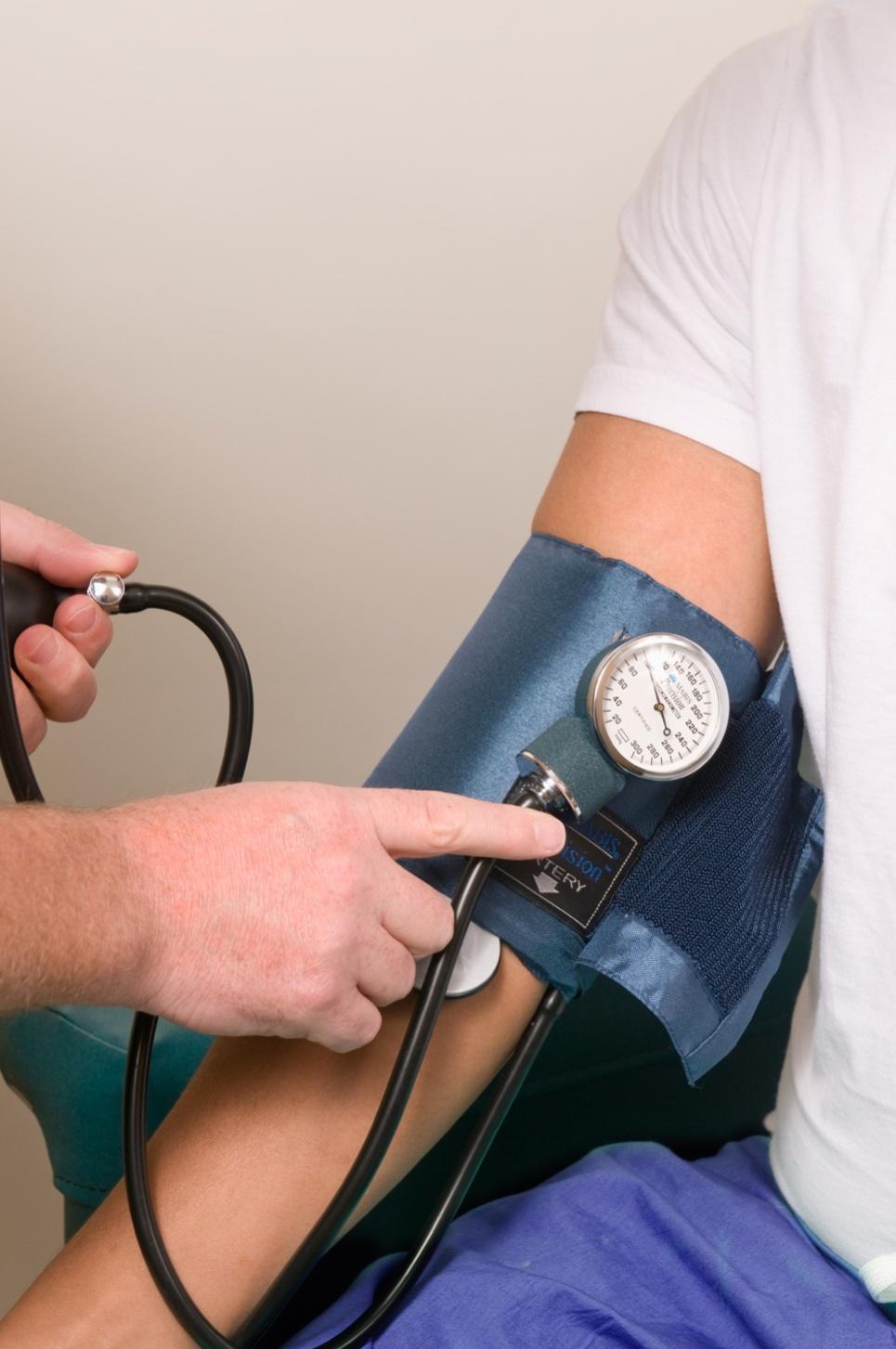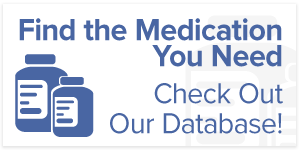Hypertension, or high blood pressure, affects 47 percent of the population in the United States. It was thought to be uncommon among young adults, but that isn’t the case. Hypertension is very common among teenagers these days. Let’s look at the symptoms, diagnosis, and tests required for hypertension in order for you to be more informed.
Primary Hypertension
Obesity, excessive salt intake, alcohol consumption, and a sedentary lifestyle all contribute to high blood pressure. Essential hypertension is known as primary hypertension
Secondary Hypertension
Other disorders, such as cardiovascular disease, renal disease, and hormone imbalances, can cause secondary hypertension.
Young adults are more likely to develop secondary hypertension. Secondary hypertension affects about 5% to 10% of young adults with high blood pressure. Hypertension in young adults is caused by renal insufficiency, renovascular disorders, hypothyroidism, hyperaldosteronism, and Cushing syndrome.
Symptoms
The majority of the time, people with hypertension don’t show any signs or symptoms. Extremely high blood pressure can lead to the following complications:
- Headache
- Blurred vision
- Dizziness
- High pulse/heart rate
- Nose bleeding
- Nausea
- Sweating
- Fluttering
- Shortness of breath
If any of these symptoms become elevated, you should contact your doctor for an emergency checkup.

Diagnosis
When the systolic blood pressure is greater or equal to 140 and the diastolic blood pressure is greater than or equal to 90, high blood pressure or hypertension is diagnosed. Depending on the level of blood pressure, hypertension can be minor, medium, or severe. Systolic hypertension, on the other hand, is more common in young adults.
Hypertension cannot be diagnosed with one checkup or test but rather requires regular blood pressure measurements and monitoring. Doctors use a comprehensive family and the person’s own medical history to make a diagnosis and analyze risk factors. Symptoms and illnesses that may correlate with hypertension are also identified, and a physical examination is performed.
Tests Required
Before making a diagnosis, the doctor does the following lab tests in addition to taking a general history:
- ECG
- Urine test
- Blood test
As a result, the doctor checks your health records, carries out a medical examination to rule out other conditions, and runs laboratory tests to confirm a hypertension diagnosis and to determine the underlying causes so that therapy can begin.
Hypertension is a chronic illness and can be a burden on young adults and teens. The cost of its treatment can be difficult to manage, especially for young people. If you’re looking for a reliable patient prescription assistance company, enroll in one of our programs. The Rx Helper has helped several patients with our prescription assistance programs for the uninsured. Contact us now and get affordable medication!
Disclaimer: This article is only intended for educational purposes and shouldn’t be used as a substitute for medical advice.



